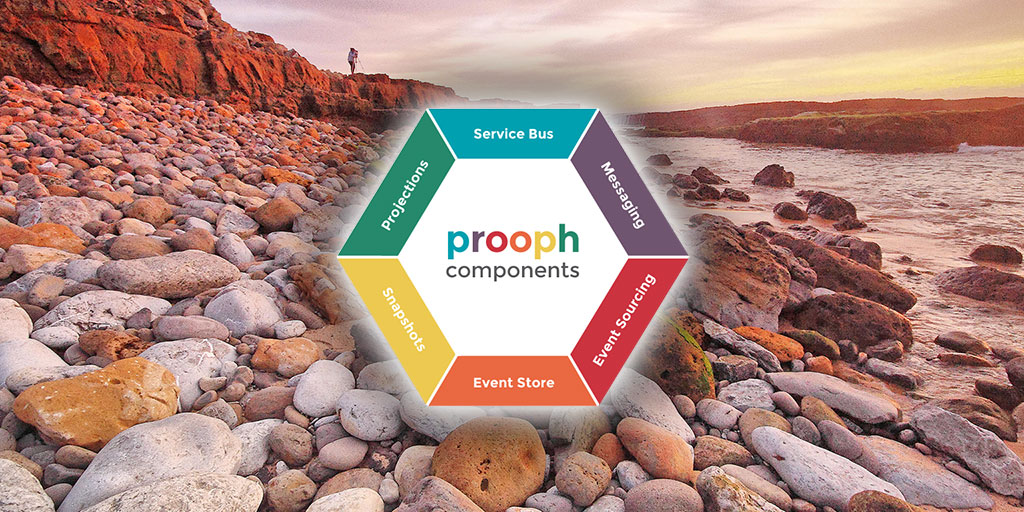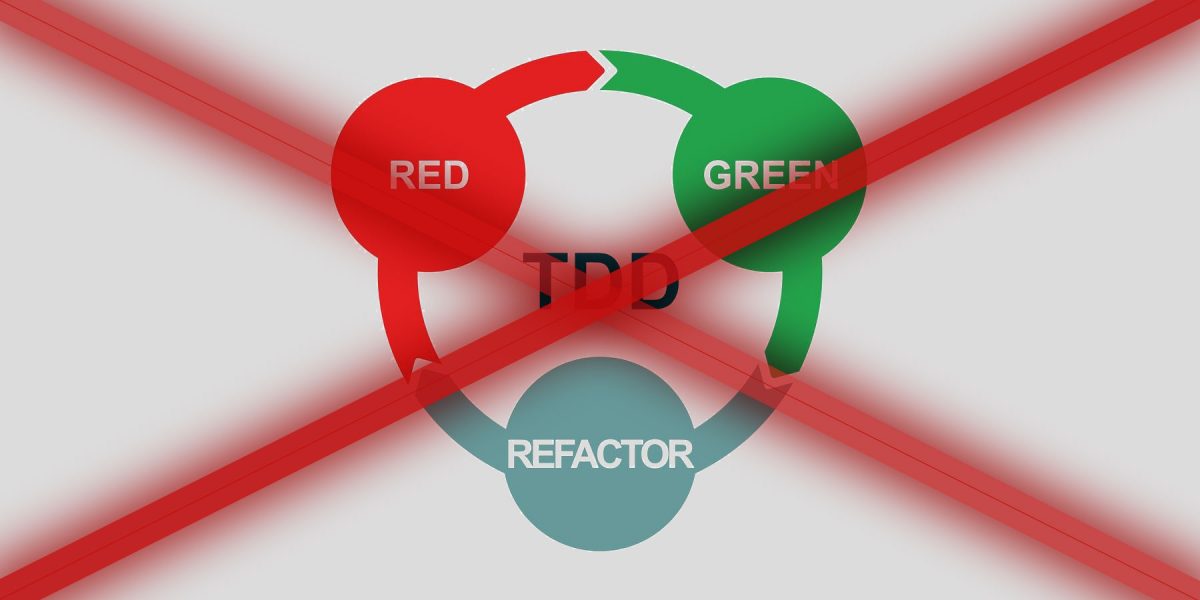Pattern CQRS and Event Sourcing become more and more popular every day in PHP community. You can easily find lot libraries to store events, to execute commands, to manage repositories, etc. The leader there doesn’t exist yet, but prooph as the most complex solution is close to that position. They have only one problem, documentation.
Ok, they have two problems. Documentation and many not to updated examples in their GitHub repository. Because of that and because prooph is de facto five not related components running everything out-of-the-box is really a pain. Even if some examples contain Docker on board or especially then because a tree of dependencies grows fast.







![Docker: Symfony – how to install it and use [LINUX]](https://pilsniak.com/wp-content/uploads/2017/03/docker-symfony.png)